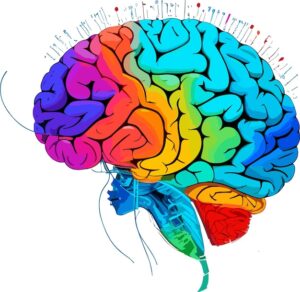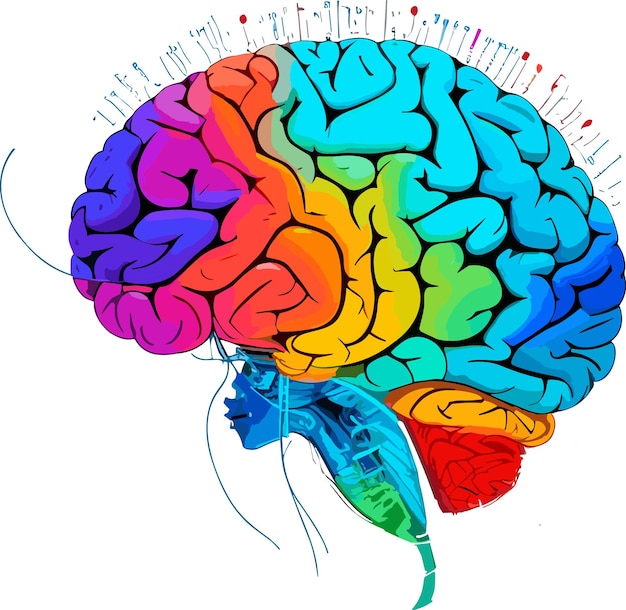Reading Food Labels: A Comprehensive Guide for Allergy Prevention

Image Source: FreeImages
Food allergies can pose significant risks to individuals, making it essential to practice food allergen avoidance. One crucial aspect of this is understanding how to read food labels effectively. While it may seem like a daunting task, especially for those with allergies, mastering the art of deciphering food labels is vital for preventing allergic reactions. In this comprehensive guide, we will explore the key steps and considerations involved in reading food labels to ensure your safety.
Why Reading Food Labels Matters
When it comes to food allergies, reading a food label goes beyond just checking the nutritional values. Instead, the focus is on the ingredient list and any warning labels present. Packaged and processed foods often contain numerous ingredients, and deciphering them can be a challenge. Understanding how specific ingredients relate to your allergy is crucial for avoiding potential allergens. Let’s delve into some essential tips and things to keep in mind when reading food labels for allergies.
Tip 1: Read the Label Every Time
Regardless of how routine or familiar a food item may be, it’s crucial to read the label every time you purchase or consume it. Food manufacturers often change the ingredients of their products without modifying the packaging, leading to potential risks for individuals with allergies. For example, a chocolate bar labeled “peanut-free” for most of the year might have a different version for Halloween labeled as “may contain peanuts.” Even when dining out, it is wise to directly check the label to ensure your safety.
Tip 2: Starting with the “Contains” Statement
Reading an ingredient list for food allergies can feel overwhelming, considering the multitude of ingredients present. To simplify the process, start by focusing on the “contains” statement. This section, recommended by the Food Allergen Labeling Consumer Protection Act (FALCPA) of 2004, aims to identify the most common allergenic foods in plain language. For example, instead of simply stating “sodium caseinate,” a product label should say “sodium caseinate (milk)” to explicitly indicate the presence of milk protein. The recent FASTER Act of 2021 expands FALCPA to include sesame as a common food allergen.
Tip 3: Understanding Major Allergenic Sources
Certain allergenic foods are required to be clearly labeled according to FALCPA. These major allergenic sources include:
- Milk (from cow)
- Eggs (from chickens)
- Fish (fin fish including bass, flounder, trout, cod, salmon, shark, and skate)
- Crustacean shellfish (shrimp, lobster, crab)
- Tree nuts (e.g., almonds, cashews, pistachios, pecans, walnuts, hazelnuts)
- Peanuts (also known as ground nuts)
- Wheat (including spelt and kamut)
- Soybean (soy)
- Sesame
These allergenic sources must be labeled using recognized English names on product labels. However, it’s important to note that individuals with allergies to cow’s milk might also react to milk from sheep, goats, and camels. Similarly, those allergic to chicken eggs may also react to eggs from other birds.
Tip 4: Understanding Gluten Labeling
For individuals with celiac disease or gluten sensitivity, reading food labels for gluten can be challenging. While wheat is mandated to be labeled under FALCPA, other sources of gluten such as barley and rye are not. To ensure gluten-free products, it is best to look for explicitly labeled “gluten-free” products if you have celiac disease.
Tip 5: Exceptions to FALCPA Labeling
It’s important to be aware of exceptions to FALCPA labeling requirements. Mustard and molluscan shellfish, such as oysters, clams, mussels, or scallops, are not required to be labeled as major allergens. However, these ingredients must still be declared on the ingredient list if they have a functional or technical effect on the product. While they cannot be identified in the “contains” statement, consumers should carefully review the ingredient list for these allergens.
Tip 6: Exclusions from FALCPA
While FALCPA applies to most packaged foods sold in the United States, certain products and categories are excluded from its labeling requirements. These exclusions include prescription and over-the-counter drugs, personal care items, pet foods, and products regulated by the United States Department of Agriculture (USDA) Food Safety and Inspection Service (FSIS). While the USDA FSIS encourages compliance with FALCPA, it is not mandatory for these products.
Tip 7: Precautionary Allergen Labels (PALs)
You may encounter Precautionary Allergen Labels (PALs), commonly known as “may contain” statements, on food products. Unlike FALCPA regulations, PALs are voluntary and not standardized by law. Companies may use PALs to indicate a potential risk of unintentional allergen contamination in their products. However, the inconsistency and vagueness of PALs make it challenging to assess the actual level of risk. Until PAL practices are standardized, it is often advisable to avoid foods with PALs or “may contain” statements.
Tip 8: International Food Labels and Travel Considerations
When traveling or purchasing food products from other countries, it’s essential to understand their specific labeling practices and laws. While FALCPA applies to officially imported food products in the United States, other countries may have different requirements. For example, Canada mandates additional labeling of molluscan shellfish, mustard, and sulfites. In Japan, specific allergens such as buckwheat, peanut, milk, egg, shrimp, and crab must be labeled.
Final Tips for Safe Allergen Avoidance
To ensure your safety and prevent allergic reactions, keep the following tips in mind:
- Work closely with healthcare professionals to understand your allergies and which allergens and foods to avoid.
- Read food labels every time you purchase or consume a product.
- Be aware of exceptions to FALCPA labeling requirements, particularly when consuming foods outside the United States.
- Understand that precautionary labeling is voluntary and may not provide an accurate assessment of risk.
- Communicate clearly with restaurant staff and hosts about your allergies and safe food options.
- When in doubt, ask questions and seek clarification to ensure your safety.
Remember, proper understanding and diligent reading of food labels are key to preventing allergic reactions and ensuring your well-being.
For more information on food labeling and allergen safety, you can visit the following resources:
In addition, for individuals with food allergies and dietary preferences, an AI-assisted shopping tool like Food Scan Genius (www.scangeni.us) can provide valuable assistance in identifying allergens and suitable food options. Incorporating such tools into your routine can enhance your allergen avoidance practices and promote a safer dining experience.





